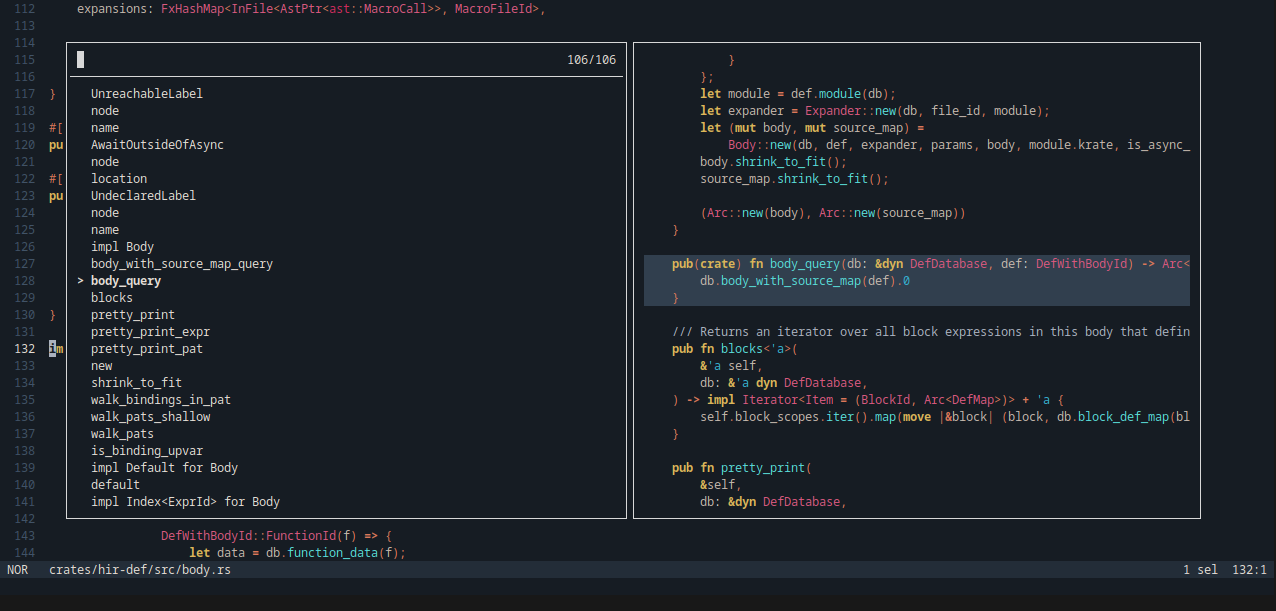

Can when the specific situations are reached in very micro benchmark situations. But overall on aggregate you find even JIT languages don’t strictly outperform pre compiled languages for general workflows when looking at languages of a similar class. When you compare them to compiled languages like C/C++/rust/zip (aka ones without a GC or much of a runtime at all) then JIT languages fall behind like all other GCed languages.




I don’t even think the rust devs where asking for that. They are refusing changes by rust devs that help with rust while making the c code clearer and even refuse to answer questions about the semantics behind the c code. At least as far as I can see from the outside.